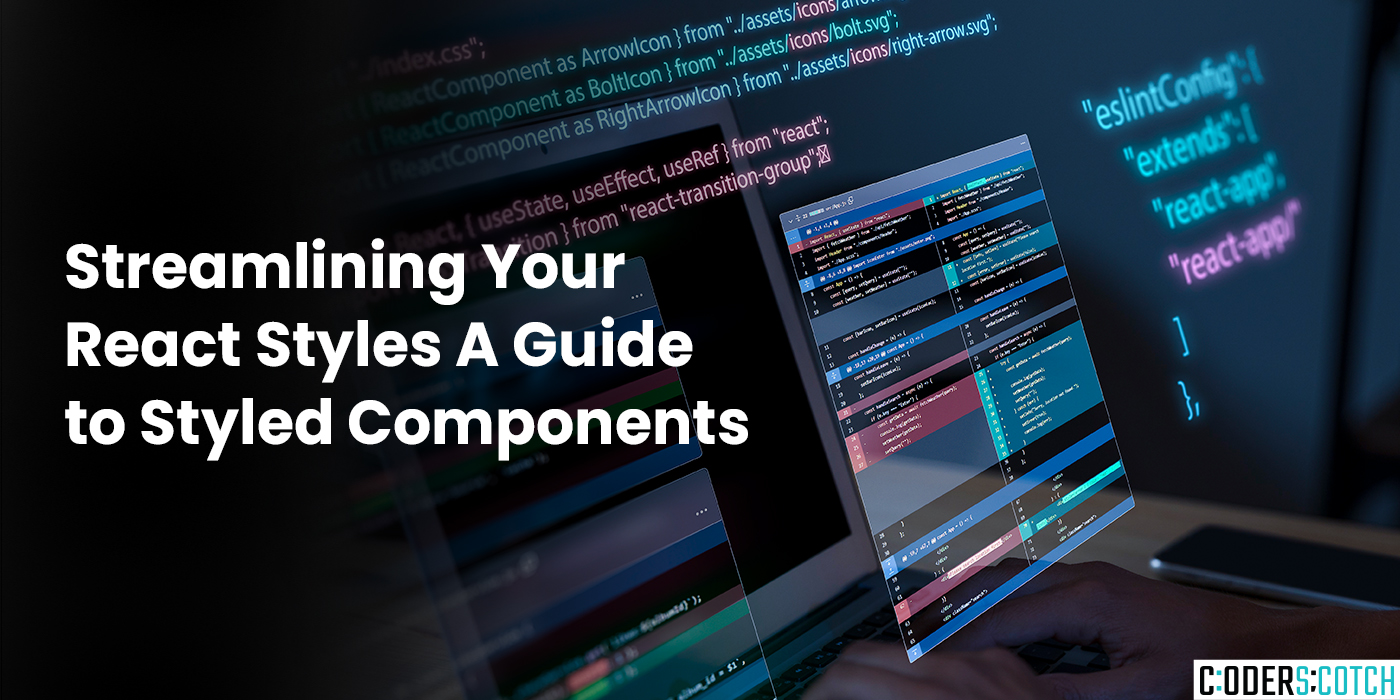APIs, the unsung heroes of the digital world, are the secret sauce that connects apps and fuels innovation. But with a plethora of API types at your disposal, navigating this interconnected realm can feel like venturing into a labyrinth. Worry not, intrepid developer, for this blog post is your roadmap! We’ll dissect the most common API types, their superpowers, and how to leverage them to build groundbreaking applications.
Demystifying the Audience:
The first distinction lies in who gets to wield the API’s power:
- Public APIs: Imagine a treasure chest overflowing with weather data – that’s what public APIs like OpenWeatherMap (https://openweathermap.org/api) offer. Open to all developers, they unlock a world of possibilities. Integrate weather data into your fitness app, create a personalized weather dashboard, or build the ultimate weather trivia game – the options are limitless!
- Partner APIs: Think exclusive access! Partner APIs cater to authorized developers who have forged a pact with the API provider. Financial institutions often leverage these APIs, granting trusted partners access to functionalities like secure account verification or payment processing. Think of it as a VIP pass to a universe of financial services, perfect for building innovative fintech apps.
- Internal APIs: These APIs keep things close to home, fostering streamlined development within an organization. A retail giant might develop an internal API for its product catalog. Different internal apps (shopping cart, order processing) can then interact with this central data hub, ensuring consistency and efficiency. Imagine the development speed boost – no more reinventing the product data wheel for each app!
Unleashing Functionality:
Beyond audience, APIs are categorized by the specific functionalities they expose:
- Data APIs: These are the data wranglers of the APIverse. They operate on the CRUD (Create, Read, Update, Delete) principles, giving developers the power to manipulate data stored within a system. An API for a library management system might grant functionalities to add new books, update existing entries, or mark books as borrowed. Imagine building a library recommendation app that leverages this API to suggest the perfect read for every user!
- Service APIs: Think of these as gateways to specific services. A social media platform like Twitter offers an API that unlocks functionalities like posting tweets, retrieving user timelines, or searching for trending topics. A news aggregator app could leverage this API to display trending hashtags, keeping users in the know about the latest social media buzz.
- Remote APIs: The interconnected world relies on APIs to bridge the gap between devices. A smartwatch app might utilize a remote API to communicate with a smartphone application. This API could allow the smartwatch to send notifications, display health data, or control music playback on the smartphone. Imagine the possibilities – a smartwatch that seamlessly integrates with your phone, becoming an extension of your digital life.
A Spectrum of Implementations:
As you delve deeper, you’ll encounter a fascinating array of API implementations:
- Web APIs: These ubiquitous APIs rely on HTTP requests and responses for communication. They often adhere to architectural styles like REST (Representational State Transfer), making them ideal for web-based applications. Many travel booking platforms expose web APIs that travel agencies or other applications can use to search for flights, hotels, or car rentals. Imagine building a travel itinerary app that integrates seamlessly with booking platforms, creating a smooth travel planning experience for users.
- GraphQL APIs: A challenger to the REST throne, GraphQL APIs offer a more flexible approach. They allow developers to specify the exact data they require in a single query, streamlining data retrieval. GitHub’s GraphQL API (https://docs.github.com/en/graphql) exemplifies this approach, empowering developers to query for specific data points efficiently. Imagine building a social media analytics app that fetches only the required user data from a social media platform’s API, optimizing performance and reducing data transfer.
- Composite APIs: Imagine an e-commerce platform building a composite API. This API masterfully combines functionalities from multiple internal APIs (e.g., product catalog, user management, payment processing) into a single interface for external developers. By doing so, they simplify integration for external partners who only need to interact with a single API to access various functionalities. Imagine building a marketplace app that integrates with multiple e-commerce platforms through their composite APIs, offering users a vast selection of products from a single app!
Choosing Your Weapon:
Selecting the most suitable API type hinges on several key factors:
- Project Requirements: Clearly define the functionalities or data you need to access.
- Target Audience: Are you building a public application, a partner integration, or an internal tool?
- Development Environment: Consider the programming languages and frameworks supported by the API.
By carefully evaluating these factors, you’ll be well-equipped to choose the API type










